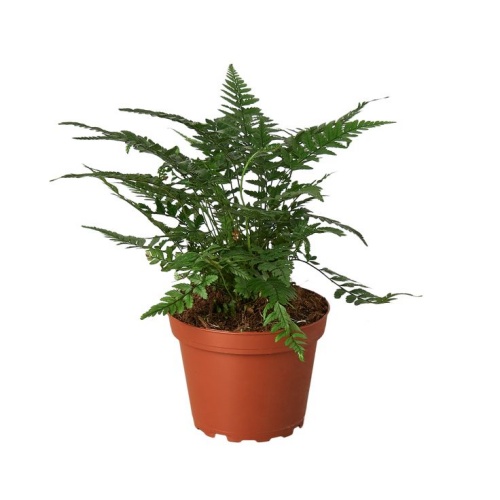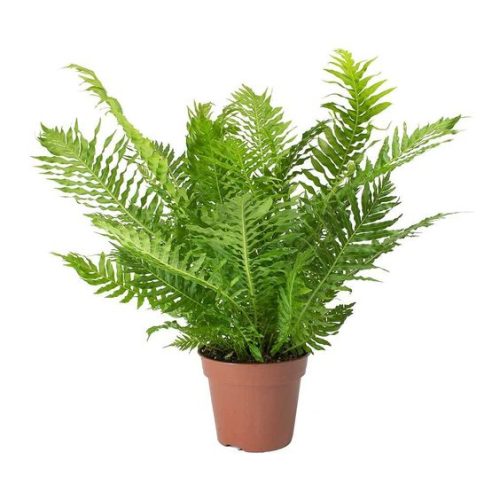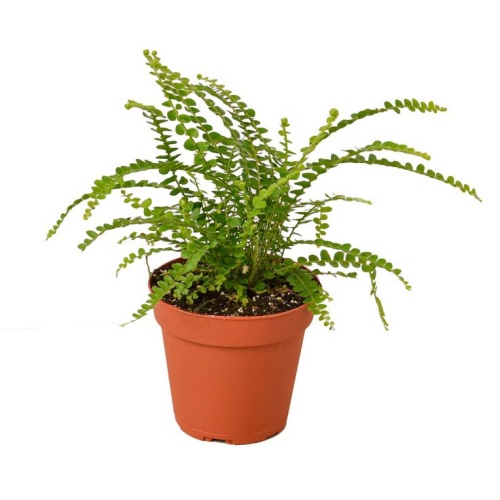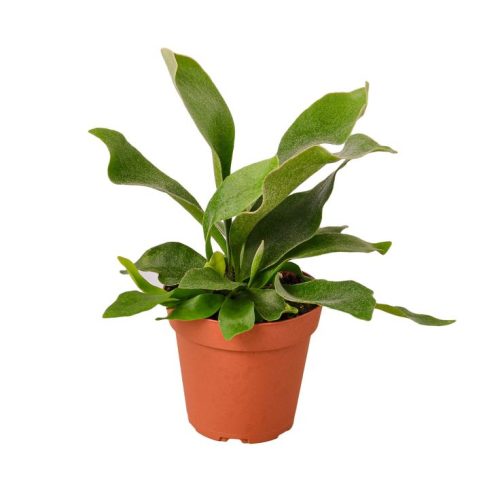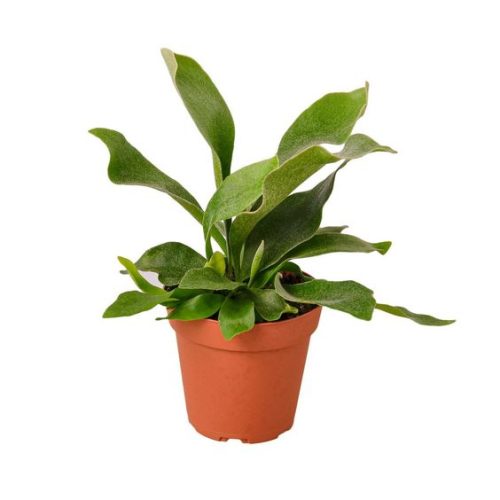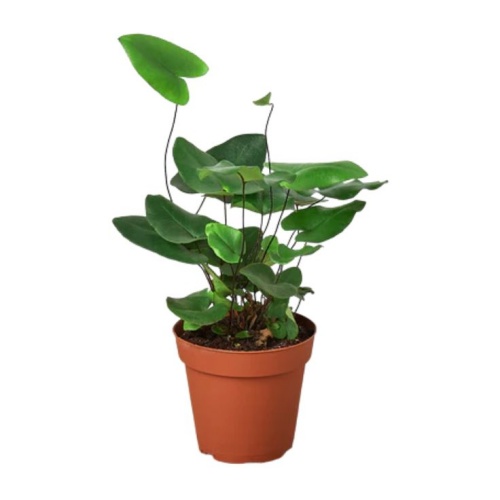Ptičje gnijezdo paprat
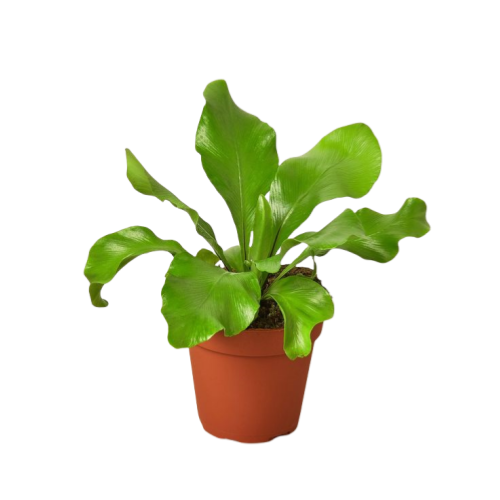
- Botanički naziv: Asplenium nidus
- prezime: Aspleniaceae
- Stabljike:
- Temperatura:
- Drugi:
Pregled
Opis proizvoda
Značajke i nevjerojatne funkcije poput paprati: Ptičje gnijezdo, tropska priča paprati
Podrijetlo i milost paprati Bird’s Nest Fern
Dragulj tropske prašume
Paprat ptičjeg gnijezda, znanstveno poznata kao Asplenium nidus i član je obitelji Aspleniaceae, porijeklom je iz tropskih područja Azije, istočne Australije i Polinezije. Ova biljka obično raste na drveću u svom prirodnom staništu, posebno u tropskim kišnim šumama, gdje se drži zakrivljenosti debla ili grana, prikazujući prekrasan prizor skladnog suživota s prirodom.
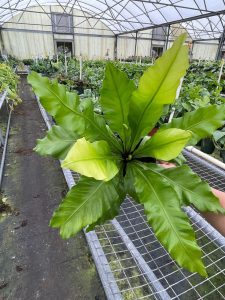
Ptičje gnijezdo paprat
Jedinstvene rozete i fronte
A Ptičje gnijezdo paprat je poznat po svom prepoznatljivom obrascu rasta, formirajući istaknutu rozetu sa širokim, kopljastim, sjajnim i svijetlozelenim listovima ukrašenim kontrastnim tamnim srednjim žilama i valovitim rubovima. Privlačni grozdovi lišća pokazuju naviku rasta poput vaze, stvarajući jedinstven učinak sličan petlu, sa središnjim dijelom koji podsjeća na ptičje gnijezdo.
Novi listovi kontinuirano izlaze iz središnjeg područja, gnijezda, koji biljku, koji je biljku, živahnom i dinamičnom ljepotom. Zreli fronti mogu doseći 4-5 stopa u rastu na otvorenom, ali su umjerenije kada se uzgajaju u zatvorenim spremnicima, obično 1-2 stopa. Slučajevi spora nalaze se na donjoj strani frondova, zračeći od srednjeg do ruba lišća, dodajući element misterije i nježnosti.
Osnovni vodič za njegu ptičje gnijezdo paprati
Savjeti za njegu
Ptičja paprat je tropska biljka, a njezine navike rasta usko su povezane s tropskom klimom. Ova biljka preferira vlažna i topla okruženja, zahtijevajući visoku vlažnost kako bi održala svoju živopisnu zelenu boju i sjaj. Kada se uzgaja u zatvorenom prostoru, treba ga postaviti dalje od propuha i izvora topline kako bi se izbjegle temperaturne fluktuacije koje mogu opteretiti biljku.
Umjereno difuzno svjetlo
Bird’s Nest Fern ne zahtijeva izravnu sunčevu svjetlost; bolje uspijevaju pod jakim, difuznim svjetlom. Izravna sunčeva svjetlost može uzrokovati opekline lišća, pa je najbolje paprat za ptičje gnijezdo smjestiti na mjesto gdje može primati neizravno svjetlo, poput prozora koji gledaju blizu istoka ili sjevera. Na otvorenom obično rastu u sjeni drveća, stvarajući potrebnu sjenu.
Toplo i stabilno
Preferira tople i stabilne temperature, s idealnim rasponom rasta od 18°C do 27°C (65°F do 80°F). Nisu otporne na hladnoću, pa ih treba držati iznad 15°C (59°F) tijekom zime kako bi se izbjegla oštećenja od hladnoće. U hladnijim okruženjima stopa rasta paprati ptičjeg gnijezda usporava se ili čak može stati.
Dobro isušujući i plodan
Što se tiče tla, potreban mu je dobro drenirajući i plodni medij. Ne vole uvjete natopljene vodom, pa bi tlo trebalo sadržavati određeni udio organske tvari, poput lisne plijesni ili treseta, kako bi ga zadržalo vlažnim, a istovremeno osiguralo dobru drenažu. Osim toga, redovita gnojidba može pospješiti zdrav rast paprati ptičjeg gnijezda, posebno tijekom sezone rasta, kada se tekuće gnojivo može primjenjivati jednom mjesečno.
Estetika i primjena paprati Bird’s Nest Fern
Jedinstveni šarm paprati iz ptičjeg gnijezda
Ptičja paprat (Asplenium nidus) poznata je po svojim karakterističnim morfološkim karakteristikama jer je višegodišnji epifit. Njegovi listovi zrače prema van iz središnje rozete, stvarajući elegantan luk umjesto pernatih listova uobičajenih za druge paprati. Listovi su glatki, lancetasti i ponekad pokazuju blagu mreškanje kada su izloženi dovoljnom svjetlu. Zrele paprati ptičjeg gnijezda mogu narasti do 3-5 stopa u visinu na otvorenom, dok su unutra u posudama obično skromnije i dosežu visinu od oko 2 stope.
Idealne postavke za paprat iz ptičjeg gnijezda
Zbog svog tropskog osjećaja i gracioznog izgleda, često se koriste za unutarnji ukras, posebno u postavkama u kojima je željena ambijent prašuma. Oni su prikladni za postavljanje u kupaonice, jer ove paprati napreduju u toplim, vlažnim okruženjima. Uz to, čine izvrsne viseće biljke, smještene u košare ili pletene sadnice kako bi dodali dodir prirodnih tropa u životne prostore. Budući da im nije potrebna izravna sunčeva svjetlost, prozori okrenuti prema sjeveru ili istoku idealne su lokacije. Također služi kao očaravajuća žarišta u zatvorenim vrtovima, posebno privlačne za sadnju ljubitelja koji žele u svoje domove ugraditi tropsku vibru.





